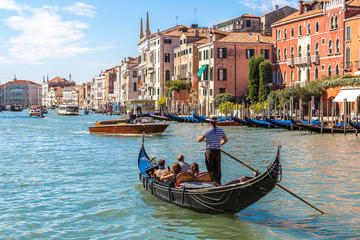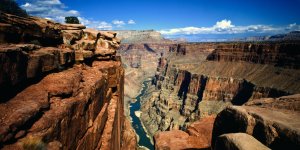The Golden Gate Bridge began construction in 1933, and four years later in 1937 was officially completed. In 2007, the Golden Gate Bridge was elected by the American Institute of Architects as one of the most favorite architectures.
Please join in to visit Golden Gate Bridge street view (Golden Gate) with the following interesting facts:
– Initially, the estimated cost of building the Golden Gate Bridge is 35 million USD. But when the project is completed, the total cost of construction is lower than the initial cost of 1.3 million USD.
– In 1937, when the Golden Gate Bridge was completed, it was the longest suspension bridge in the world but so far there are eight other bridges spanning this bridge.
– The Golden Gate Bridge is one of the greatest transport architecture in the United States in the 20th century, but it is also one of the top places of suicide in the world. Since its inauguration, there have been more than 1,600 deaths at the bridge. On average, every 2 – 3 days a person chooses a bridge to find death.
– There is an interesting fact that 26 people survived suicide on the bridge.
– During the construction of the bridge, 11 people were killed.
– Stylized image of Golden Gate Bridge is a symbol of Cisco – the leading manufacturer of Internet devices in the world.
– It has been chosen as the backdrop of many world-famous movies and TV shows like Superman: The Movie, X-Men: The Last Stand, Monsters vs.. Aliens, 10.5, Mega Shark vs.. Giant Octopus, Star Trek …
– During 75 years of operation, Golden Gate has been temporarily suspended 3 times due to weather conditions. It was in 1951, 1982, 1983.
– To maintain the bridge, the city of San Francisco had to maintain a police unit, a fire truck and 4 trailers. Almost every day, there is also a part of the bridge that is maintained, painted, and replaced with new equipment …
– Every day Kinmen Kieu helps 100,000 cars, 10,000 pedestrians and 6,000 cyclists to travel from the San Francisco Sea to Marin County.
– To take a panoramic view of the Golden Gate Bridge, you should visit a number of locations such as Alcatraz, Water Park, Coit Tower, Twin Peaks or Marib Headlands cape.
– Although called the Golden Gate Bridge, the actual color of this Bridge is red orange, known by the name “orange international”. Architect Irving Morning is the one to choose this color for the bridge because it fits the San Francisco Bay natural landscape and stands out among the fog – which often happens on the bay.

























